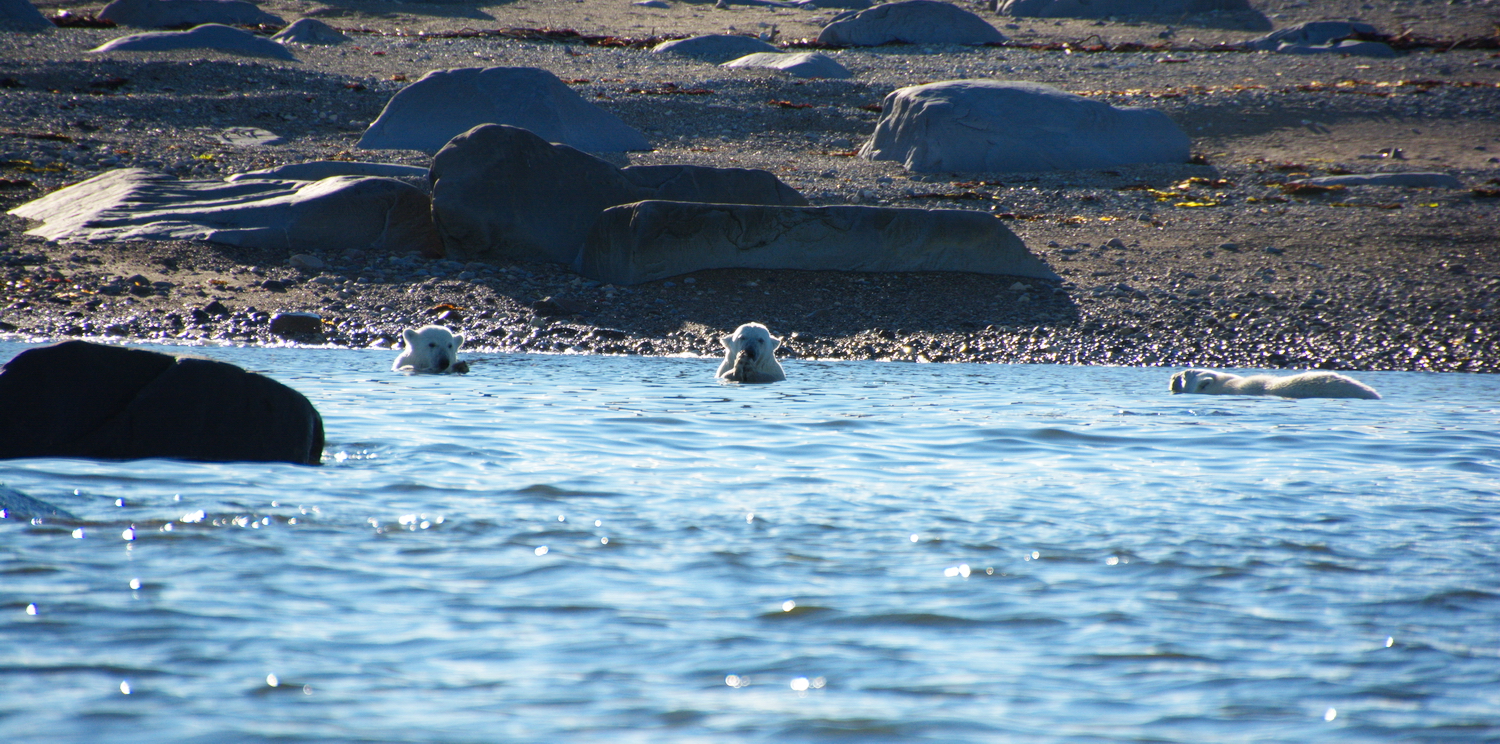At this point,
- you’ve got your fireworks images from last Friday,
- you’ve downloaded Picasa and gotten familiar with it – and now
- you’re ready to edit your personal fireworks photography!
(If you’re not – go back to the last post, download Picasa and catch up with us!)
The Frog decided that the best way to walk you through this was to create a video and show you instead of trying to tell you using words and screen shots. You can see the processing step-by-step this way. If we’ve done our job, you’ll see that you don’t need to be intimidated or nervous about processing your own work.
So, if you’ll click here you’ll be taken directly to the video in a new window, and in 4 minutes and 33 seconds, you’ll be able to process your own fireworks images!
Spoiler Alert:
Here’s what we started with:
And here’s the final product:

Of course, if you decided to skip all of the work last Friday night, you can just click here and select an image to make your own. If you really want to make it easy, you can order it framed and ready to hang! The Frog’s YouTube site shows you how you can make one of our images your own.
We hope you’ve enjoyed this series on fireworks photography, and that we’ve been able to remove some of the real or perceived mysteries about fireworks photography.







